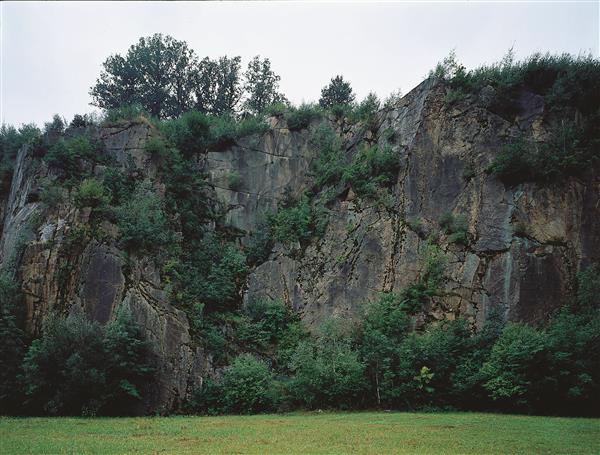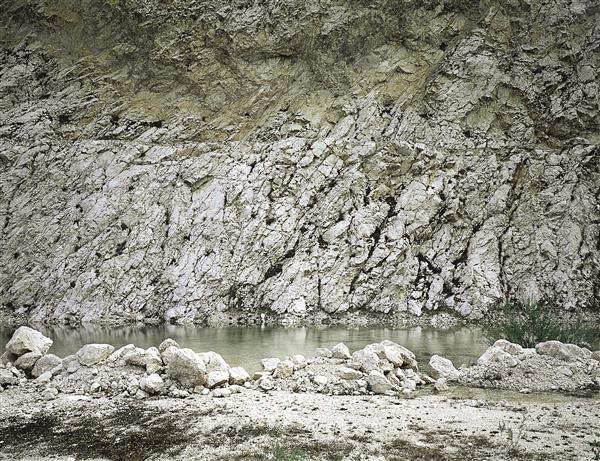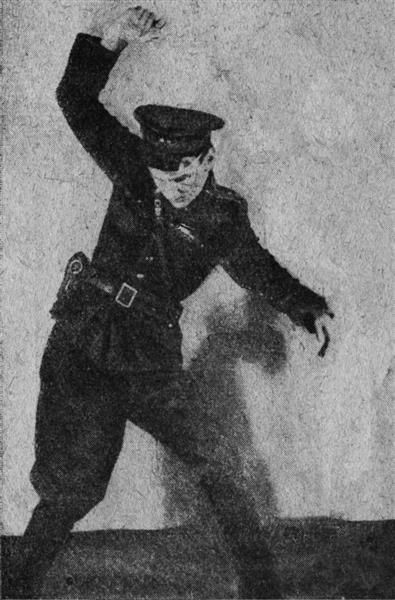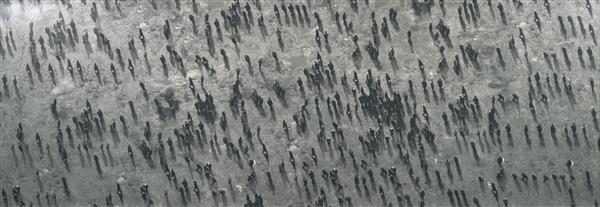Mauthausen, ehemaliger Steinbruch, August 1995
Margherita Spiluttini
C-print
edition 2/5
126.5 × 157.5 cm
1995–1995
Acquisition 1998
Inv. No. 0042b
Margherita Spiluttini’s subjects usually exude a powerful stasis and quiet.
The depicted quarries Ernstbrunn and Mauthausen consist entirely of natural material, are monolithic in structure and, at the same time, the result of the direct imposition of human will on the original surface of the terrain. Over and above these aspects and the specifics of geology, the works refer to the shameful history of the Mauthausen quarry during the National Socialist terror by means of the totally contrasting atmospheres of the two pictures.
The soft, light colours of the Ernstbrunn quarry are in clear contrast to the dark, grey-brown of the Mauthausen stone. The oppressive atmosphere in the latter picture (which is intensified by our knowledge of the concentration camp at Mauthausen) is made relative by the progressive re-conquest of the cliffs by plants, harbingers of new life.
The beauty of the selected section in the former image is noteworthy. It reveals the weight, hardness and enduring quality of the stone compared to the ephemeral nature of the water and the vegetation. One can see that Margherita Spiluttini has photographed a lot. One can see she is sure of the effect of immobility.
Paul Katzberger, 2005 (translation: Tim Sharp)
Continue readingExhibitions
Mimosen - Rosen - Herbstzeitlosen. Künstlerinnen Positionen 1945 bis heute, Kunsthalle Krems, Krems, 2003
There is something you should know. Die EVN Sammlung im Belvedere, Österreichische Galerie Belvedere, Vienna, 2000
Publications
evn sammlung 95–05, Cologne 2005, p. 306
Mimosen - Rosen - Herbstzeitlosen. Künstlerinnen Positionen 1945 bis heute, Vienna 2003, p. 235
evn sammlung. Ankäufe 1997 – 1999, Maria Enzersdorf 1999, p. 35



